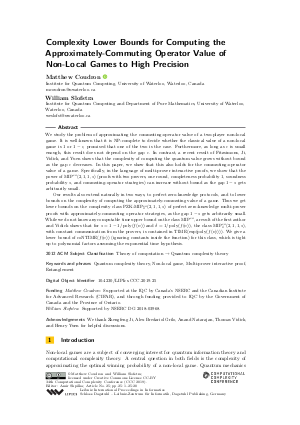LIPIcs.CCC.2019.25.pdf
- Filesize: 0.52 MB
- 20 pages

 Creative Commons Attribution 3.0 Unported license
Creative Commons Attribution 3.0 Unported license













Feedback for Dagstuhl Publishing